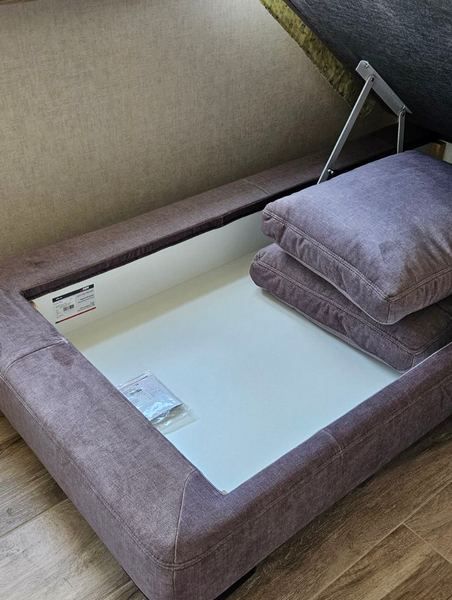Anti-counterfeiting labels
Labels for protection against counterfeiting
Labels for protection against counterfeiting of original products have been used for a long time. The very first were labels with a hologram. With the spread of the technology for the production of holographic elements, the counterfeiting of holographic labels was put on stream. Accordingly, the counterfeiting of original products and goods whose manufacturers tried to protect them with a hologram became easier.
The next stage in the development of product protection against counterfeiting was the period of using a specialized mobile application and entering a code printed on the label. This technology for checking original products using mobile applications did not receive widespread use, since downloading and installing the application was not convenient for most buyers. The technology for checking and protecting original products using a mobile application was supplemented with a QR code. Which simplified the verification of products by the buyer, but it was still necessary to download an application for the brand or the manufacturer's product.

In turn, QR codes, having become widespread, made it possible to use a verification page and labels with a verification code covered by a scratch-off holographic sticker to protect brands and products from counterfeiting. The buyer scratches off the protective layer, scans the code, goes to the brand page - finds their product and enters the verification code.
The most advanced technology for labels to protect products from counterfeiting - are labels with a web passport of the product. By scanning the QR code, the buyer opens an individual product page in the web browser, receiving information about the serial number, production date, and batch number. By supplementing labels with a web passport with a verification code covered by a scratch-off hologram, it is possible to ensure the highest level of protection of original products from counterfeiting. The OriginalWebrozum platform provides manufacturing companies and brands with the opportunity to protect products from counterfeiting, as well as collect analytical and marketing information from buyers. It is possible to both generate labels from a web platform and receive information from accounting program databases, conveyor scanners or direct print labelers.
The use of web passport technology reduces the requirement for the label itself; for many types of products, a regular paper or polypropylene label and a QR code link printed on this label will be sufficient.


In addition to marking the product with a protective label with a web passport, the same label is pasted into the warranty passport.














